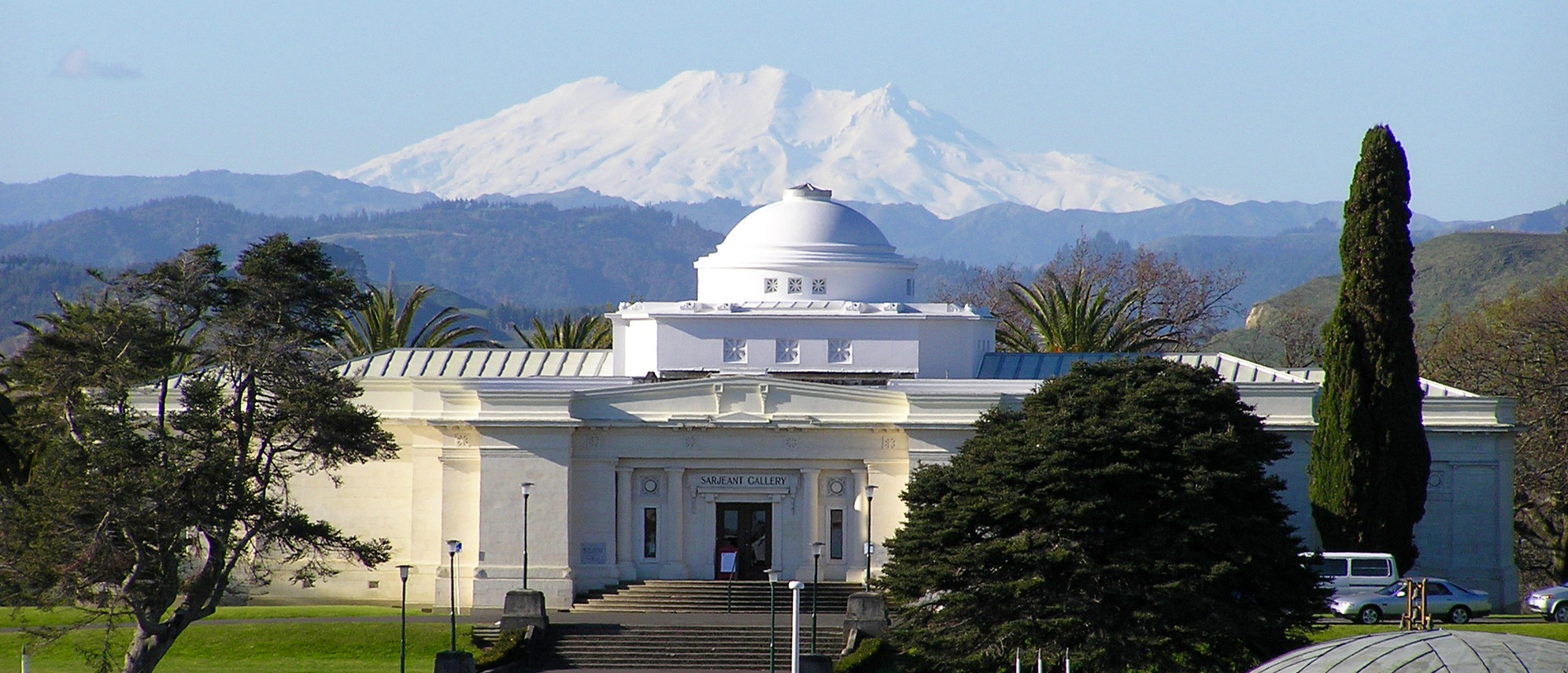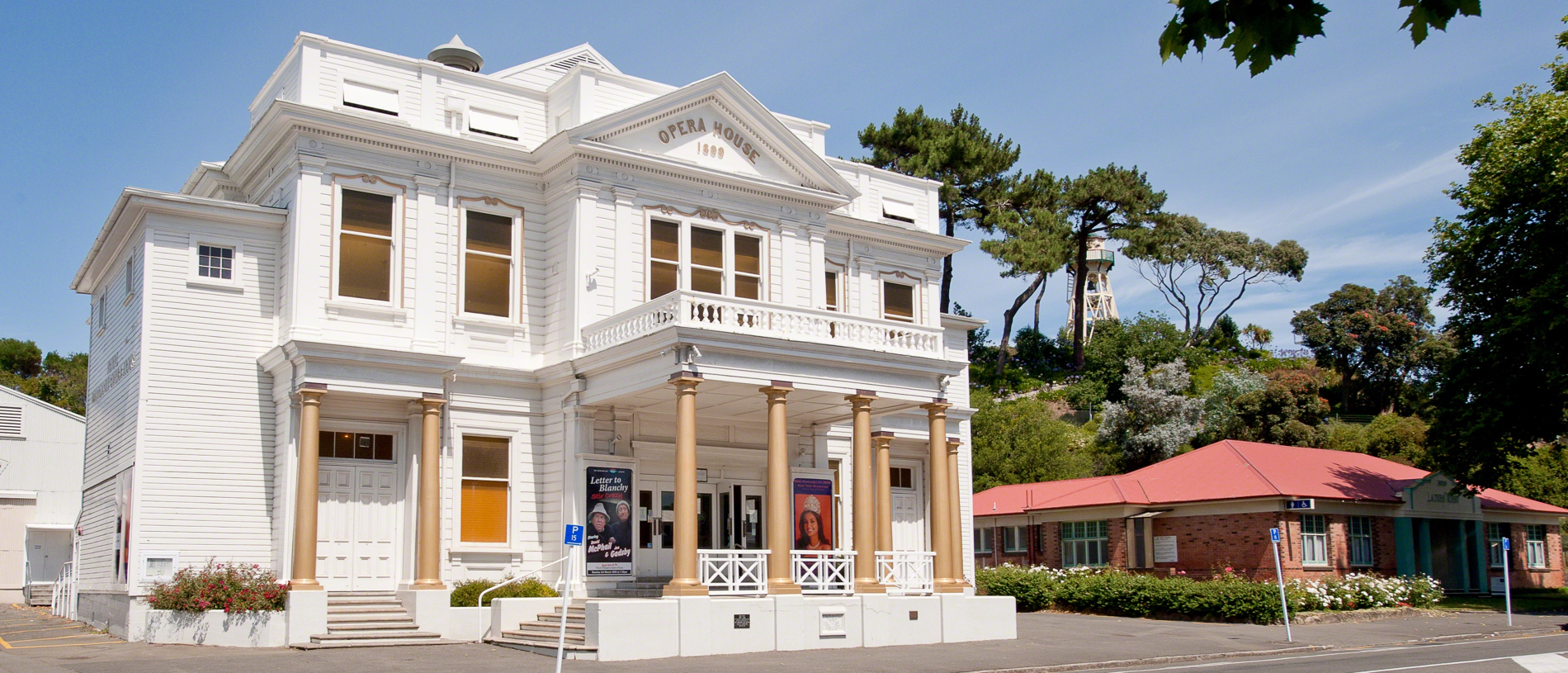
Whanganui: colourful and creative
From clay to canvas; artworks, artefacts and molten glass, Whanganui is bursting with creative colour.

Bound by water – the river on one side, the sea to the other – Whanganui is one of New Zealand’s oldest cities.
With paved footpaths, wrought iron lampposts, hanging flower baskets and an eclectic mix of heritage architecture ranging from the early 19th Century through to the unmistakable style of Art Deco, Victoria Avenue, Whanganui’s main street, makes for a scenic setting for an easy stroll to discover the heritage of the area.
Whanganui has infrastructure for a much bigger city, thanks to the foresight of the town’s early benefactors. Its urban arts hub is unique in the world as all of the heritage municipal buildings were constructed in a similar era and area, close to the main street.
Queens Park in the city centre is surrounded by iconic architecture, from the Whanganui Regional Museum to the spectacular and internationally significant Sarjeant Gallery. While both buildings are currently closed for seismic strengthening work, they are just as impressive to view from the outside.
The first European settlers arrived in Whanganui between 1840 and 1841, many as an alternative to Wellington which the New Zealand Company had oversold. But as with Wellington, settlers were promised 100 acres of rural land plus a one-acre city plot.
In 1848 Whanganui was christened ‘Petre,’ pronounced ‘Peter,’ after one of the directors of the New Zealand company. Unsurprisingly, the name never stuck.
By 1900, Whanganui was the fifth largest city in New Zealand and remained in that spot until 1940. Between 1900 and 1901, the Whanganui post office was the largest regional post office in the country.
The Watt fountain was built in the centre of Victoria Ave in 1906 as a memorial to the town’s first mayor William Hogg Watt. After a drought in the 1880s, residents managed to drink Virginia Lake dry, so Watt donated Lake Westmere to the parched city. The Watt fountain was removed when the tram lines were installed in the town, but post-trams, it was reinstated in 1989.
Until 1900, it was illegal to build with red brick in New Zealand. Luckily the laws changed, as it was discovered shortly after that the clay excavated in Whanganui created some of the strongest bricks in the country. A flurry of construction from 1900 to 1920 saw many beautiful brick buildings spring up in the city, many of which still stand today.
Ladies’ Rest, on Saint Hill Street, was built in 1930 as New Zealand’s first facility for female travellers.
Women visiting Whanganui would stop in at Ladies’ Rest to change from their travelling clothes to ‘city-wear,’ store their belongings and freshen up for a day in town.
Whanganui’s Royal Opera House is one of only two in the world. HRH, Prince Edward spent six months at Whanganui Collegiate in 1982 as a tutor and junior housemaster during his gap year. He suggested to his mother that the historic opera house was deserving of the royal treatment, and so in 1999, it was made official.
Today, the opera house is still in regular use as a theatre for local and travelling productions. An auditorium has ubiquitous red seats, under an ornate domed sky. Behind the scenes, the vertiginous fly system is built with planks trodden by hundreds of years of footsteps and grooves worn into railings by heavy curtain ropes. Frank, the resident ghost is apparently a regular friendly presence.